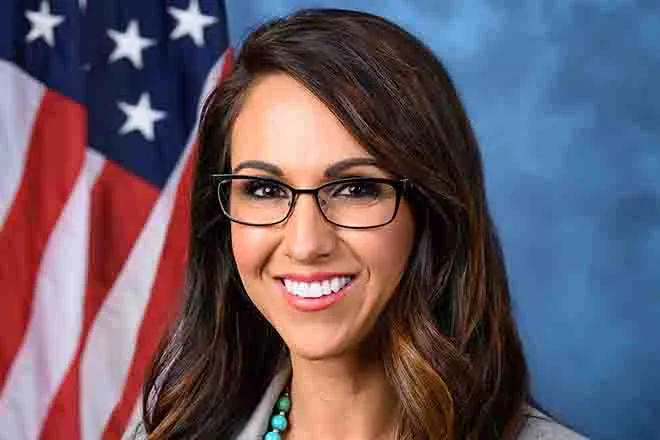
Report: Colorado unprepared for rising costs for seniors
Click play to listen to this article.
The number of Coloradans aged 65 and older is projected to grow by 30 percent over the next decade but a new report showed the state is not prepared for rising costs associated with an aging population, like long-term care and housing.
Colorado's Taxpayer's Bill of Rights, a constitutional amendment requiring voter approval to increase state revenues, is seen as a major barrier to current and future budget shortfalls.

© iStock - ebstock
Sara Schueneman, state director of AARP Colorado, said $1 trillion in cuts to Medicaid under President Donald Trump’s signature tax and spending bill could affect people living in long-term care facilities.
"Primarily, our nursing homes are funded through Medicaid," Schueneman pointed out. "With cuts at the national level, what’s going to happen to all the older adults who are in nursing homes? Where are they going to go, who is going to help support them, and what does that look like?"
Even before Medicaid cuts kick in, the Colorado Fiscal Institute projected the state would have to find an additional $420 million by 2035, and more than $688 million by 2050, to meet its share of long-term care costs. Republicans have argued cuts to Medicaid can be made by reducing waste, fraud and abuse. They have promised seniors, people with disabilities and children will not be affected.
Kendall Stephenson, senior fiscal policy analyst at the Colorado Fiscal Institute and the report's co-author, said state lawmakers will also need to find ways to invest in targeted affordable housing. By 2030, an additional 500,000 older Coloradans are expected to spend more than 30 percent of their income on rent.
"We know that median rents have increased by about 30 percent since 2010 but the incomes of those 65 and older have only increased by 10 percent," Stephenson reported. "Rents are skyrocketing for everybody, but it’s a particularly acute problem for those seniors 65 and older."
The report recommended strengthening nonmedical services to help older adults age in place, which are far less costly than nursing home care. Schueneman believes it will require more support for a growing number of Americans taking on caregiving roles.
"They need more time, so that could be employers providing some leave for caregiving. More financial support," Schueneman outlined. "And then resources, where can caregivers find the tools and resources that they need?"

















